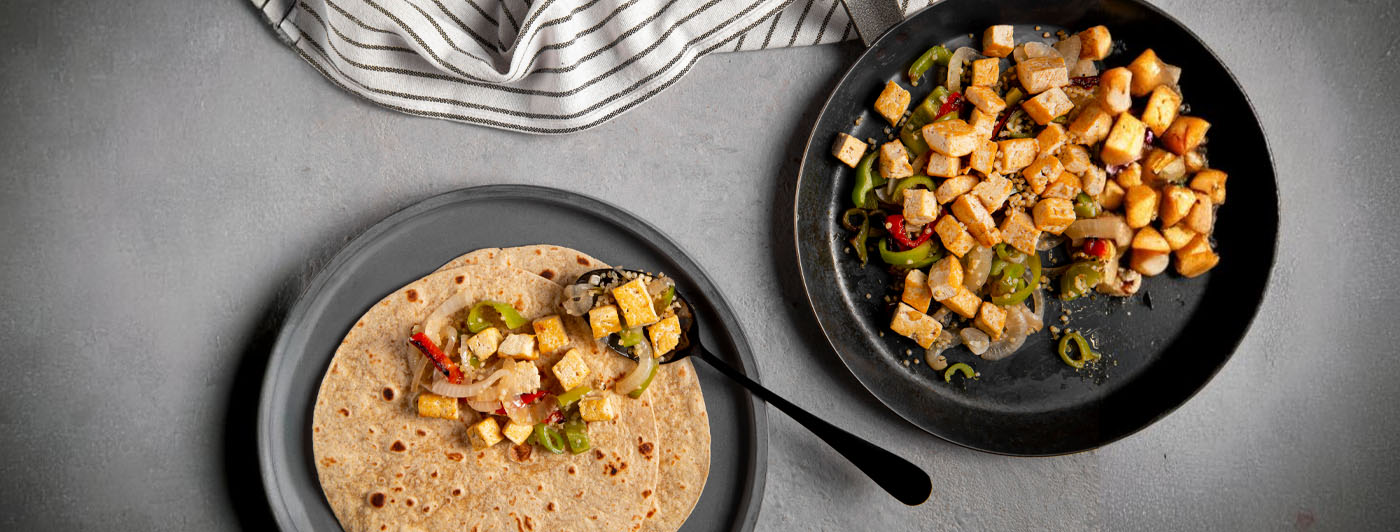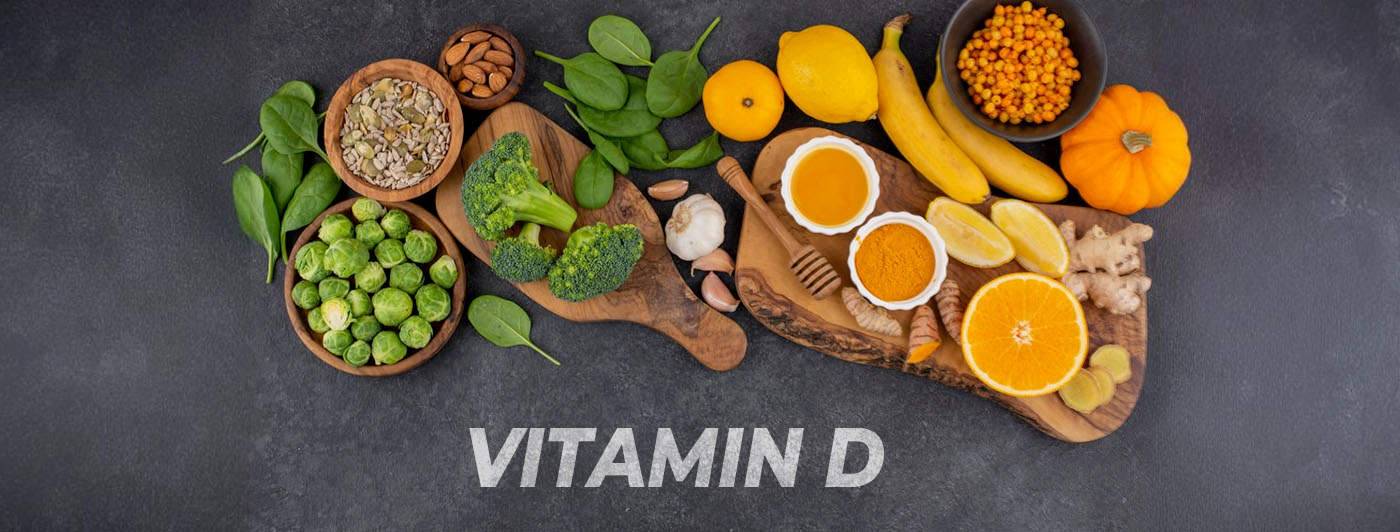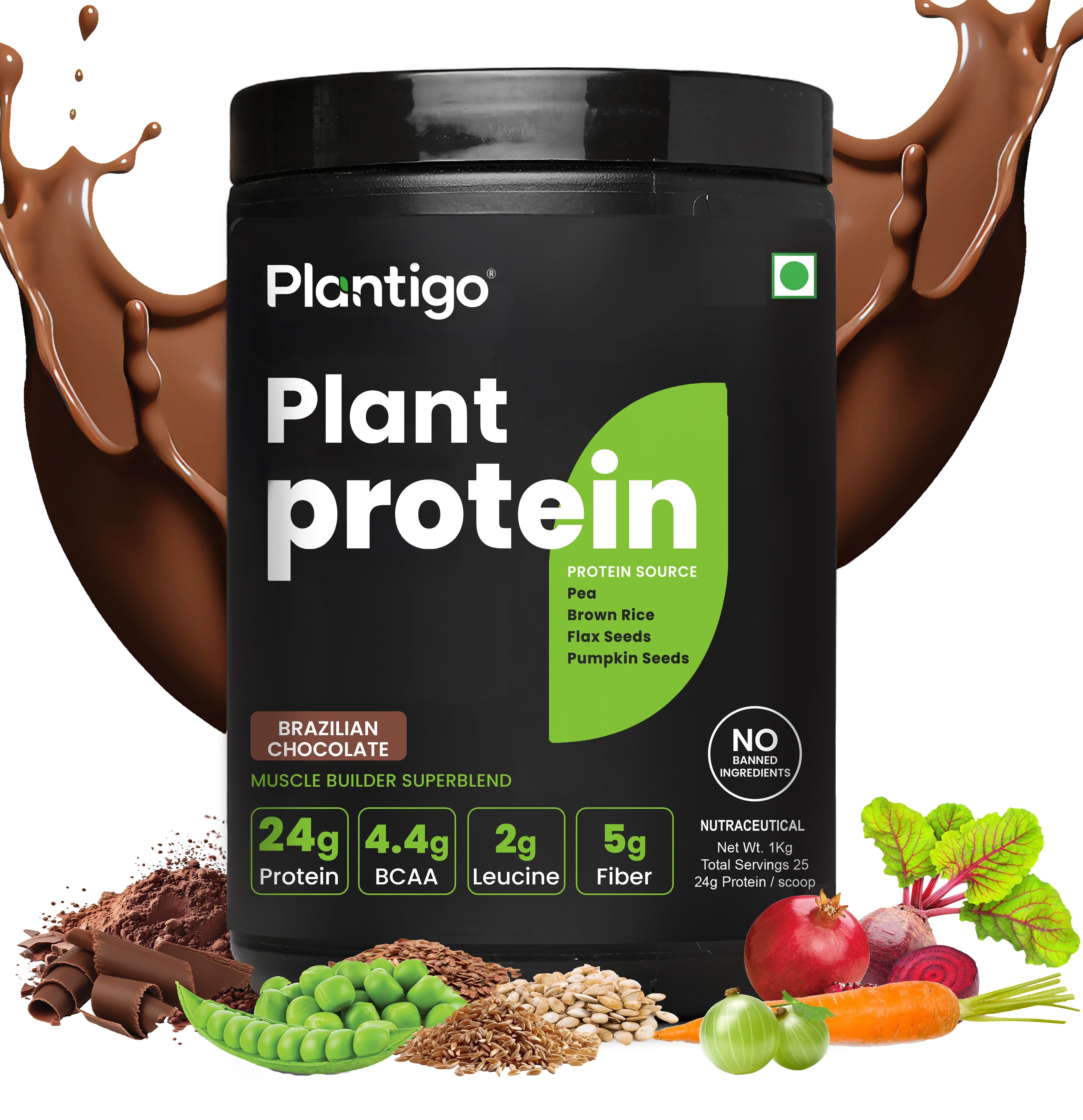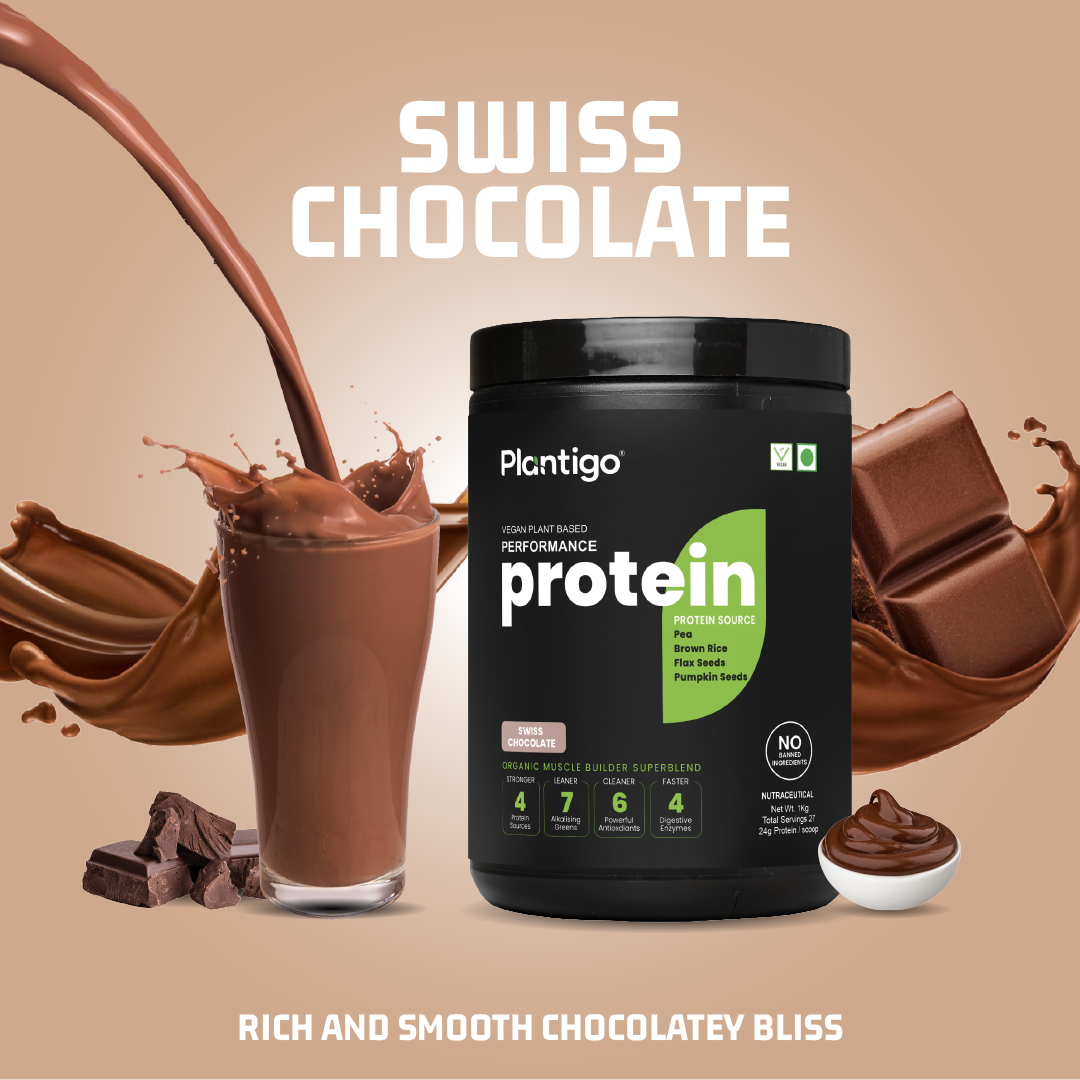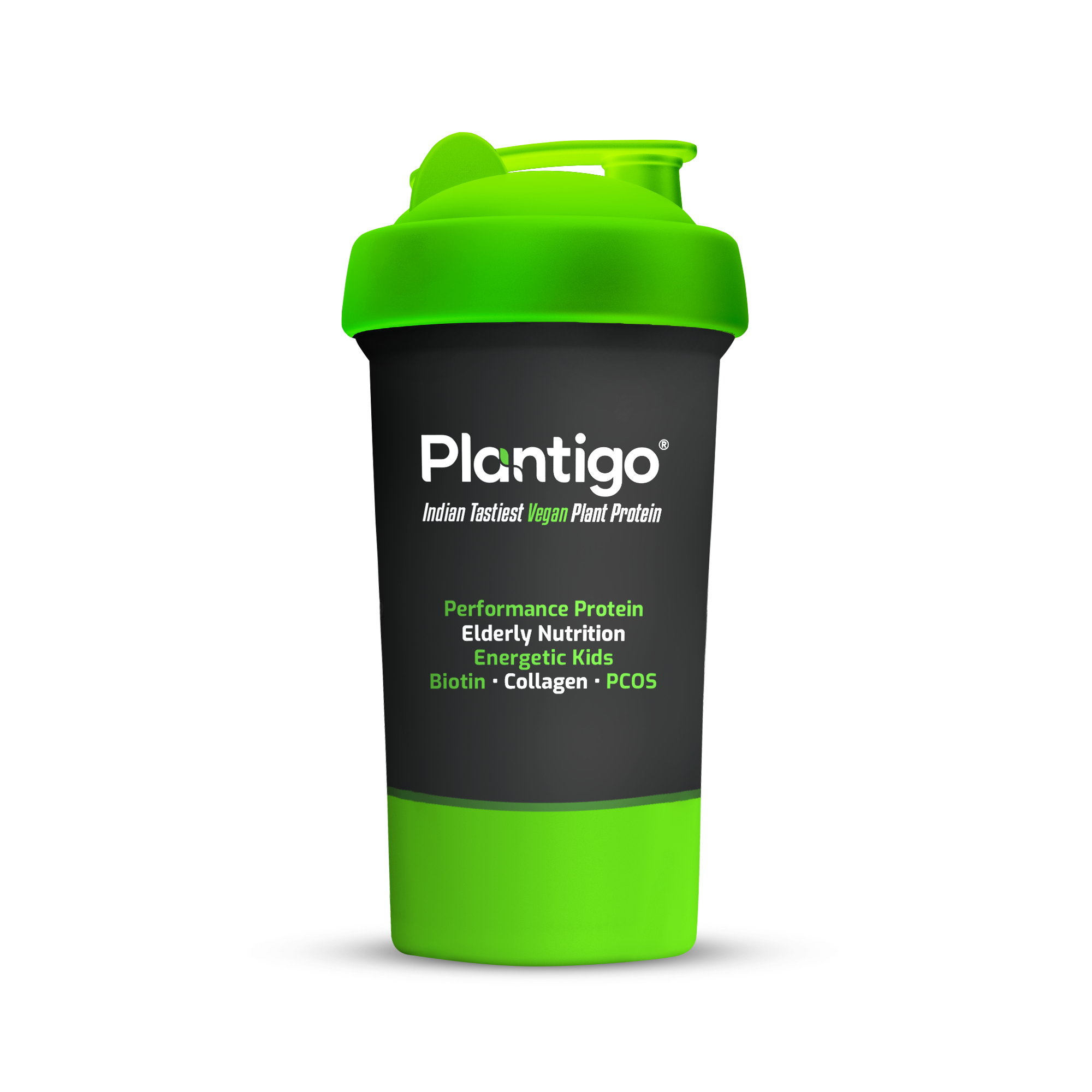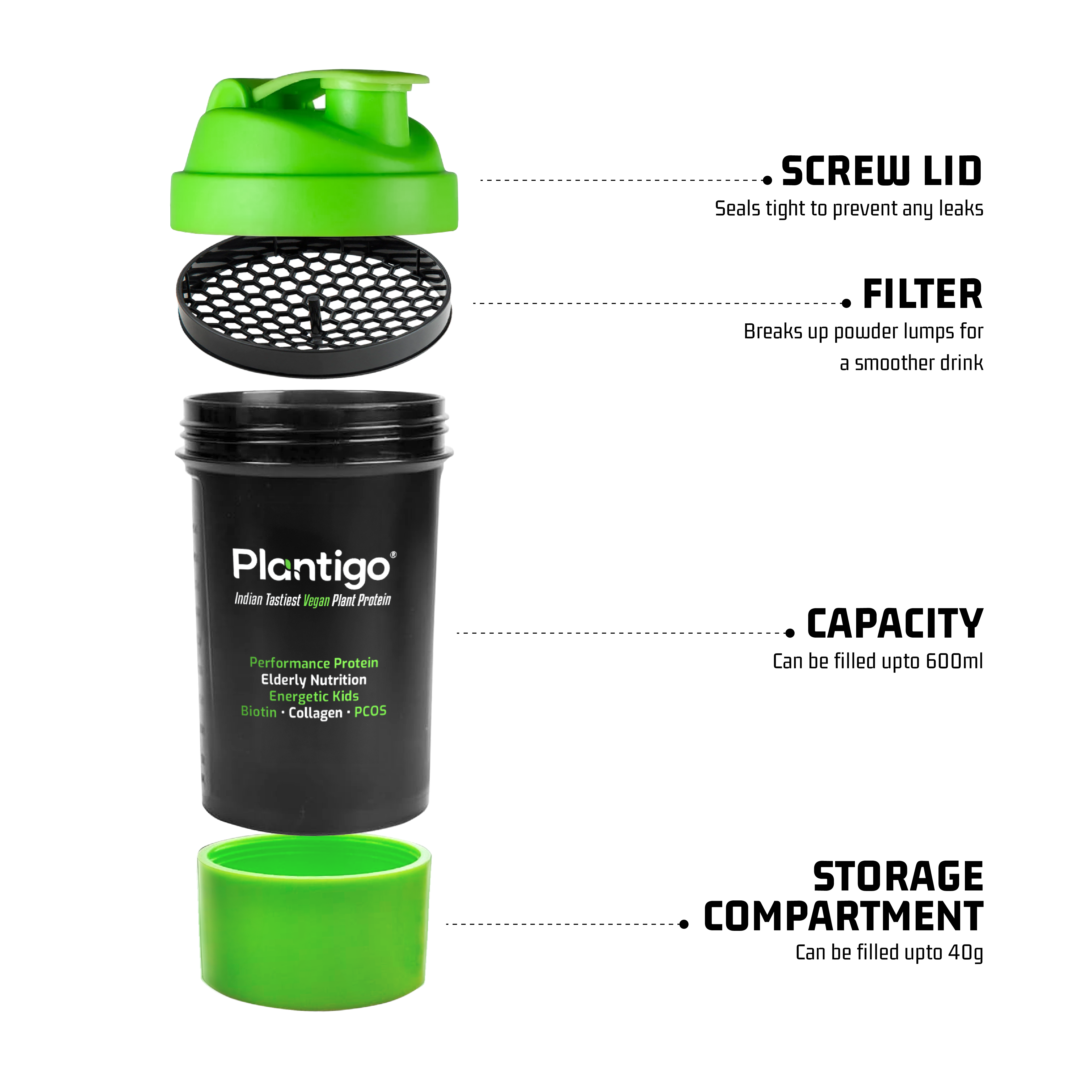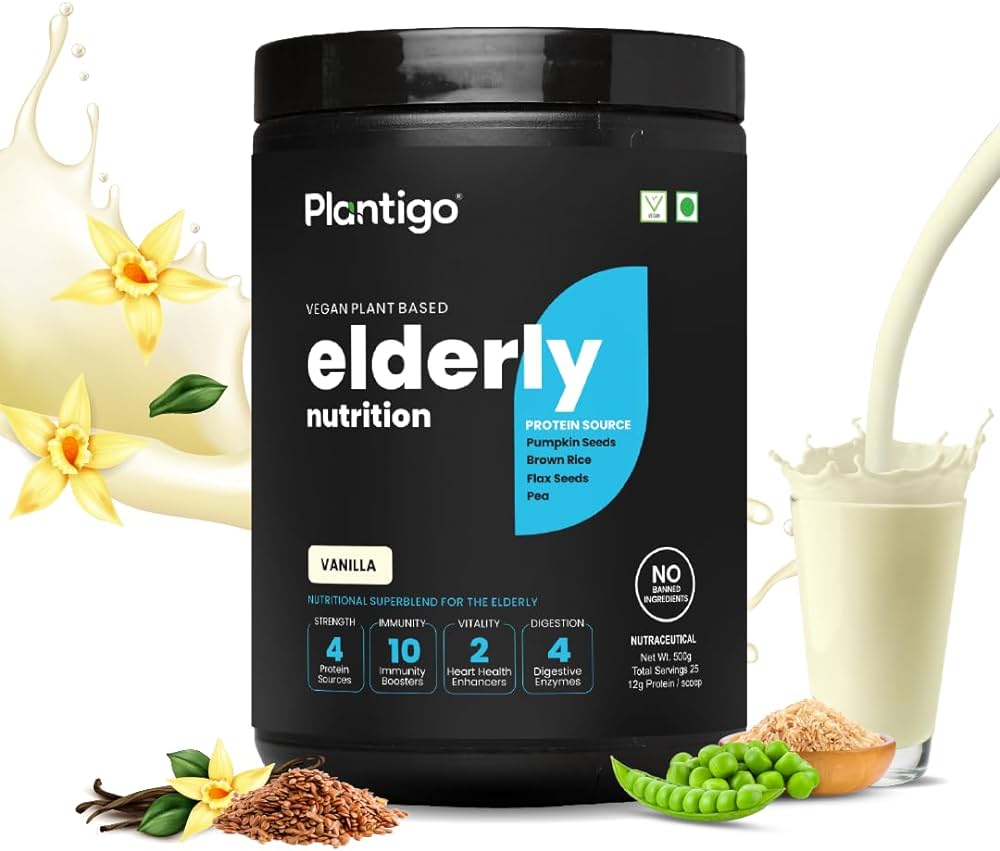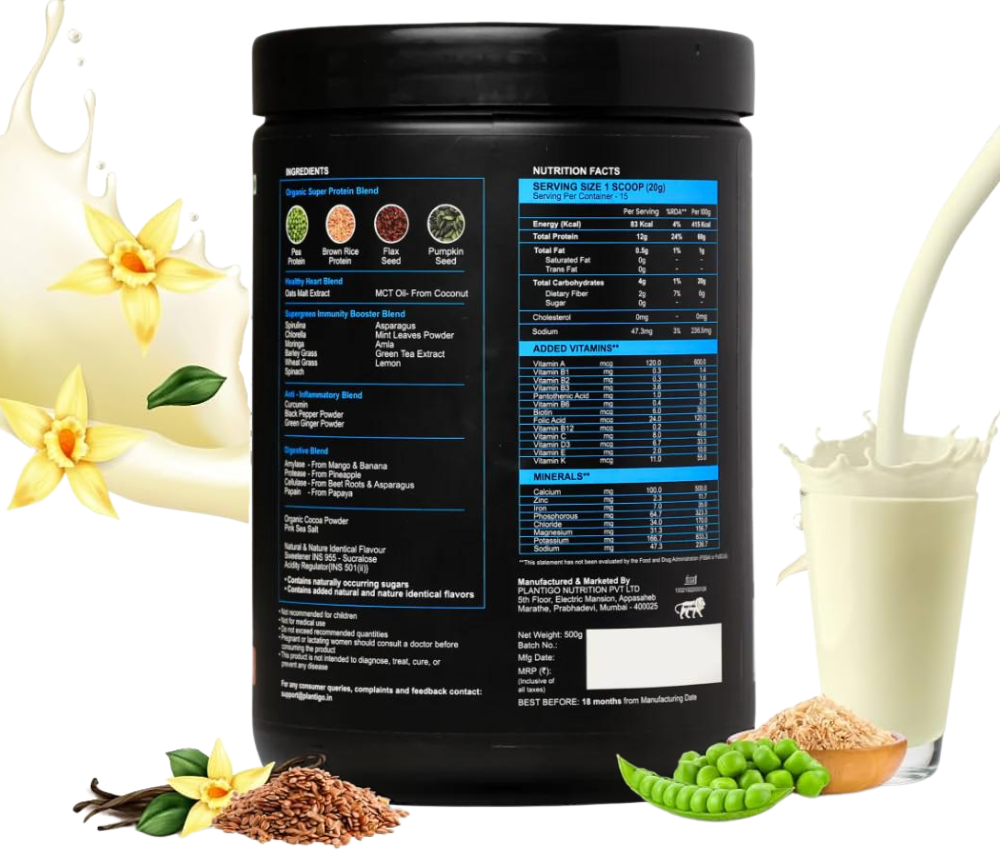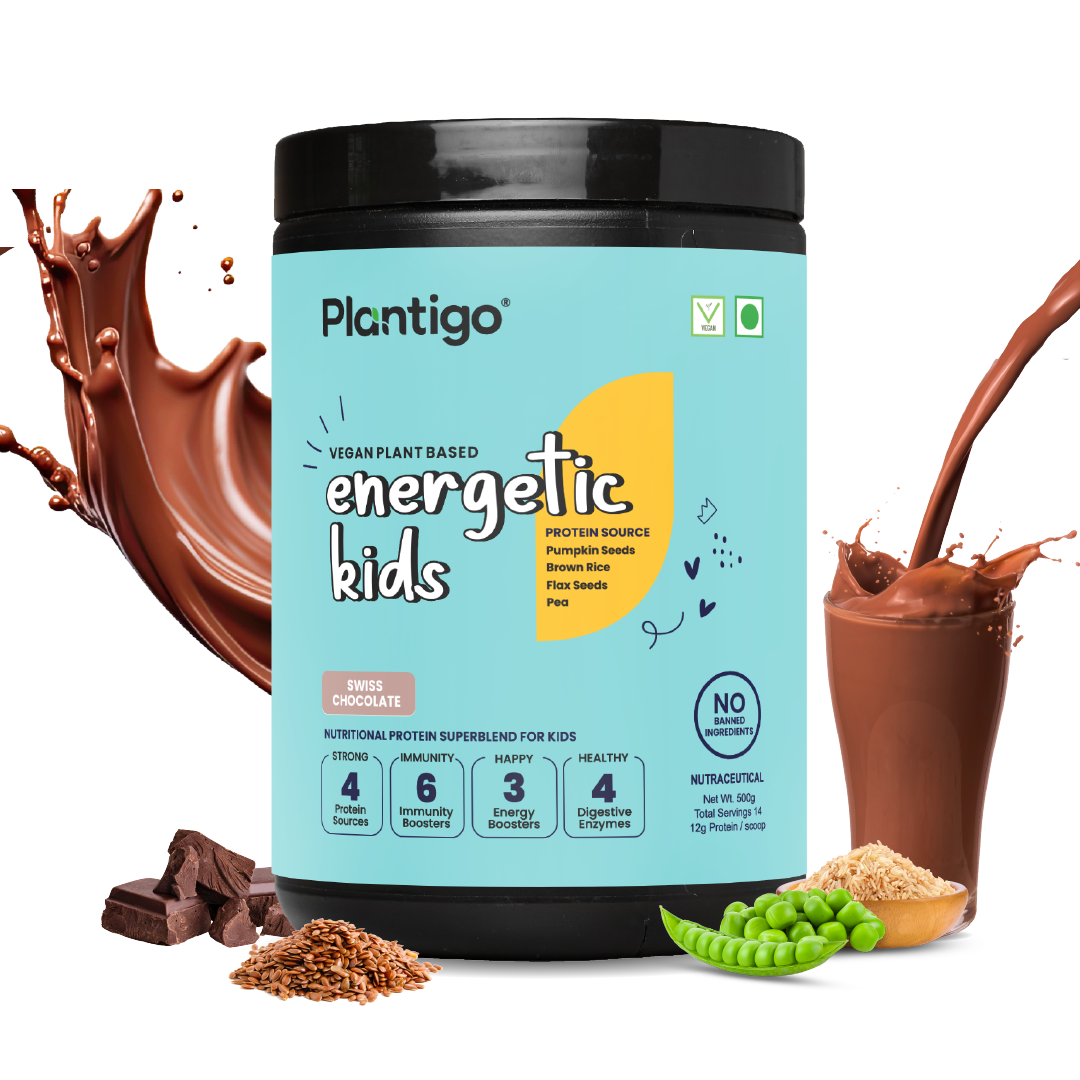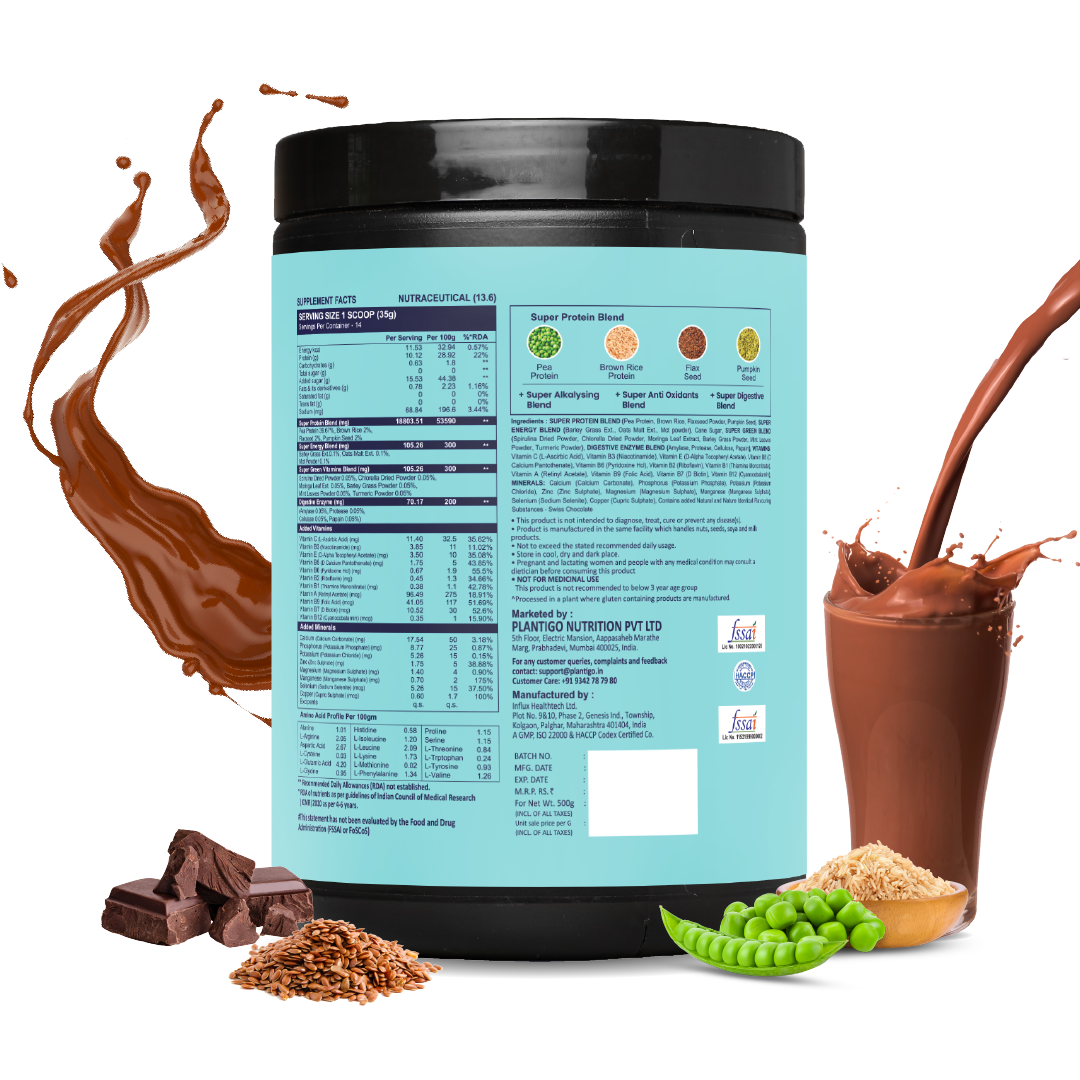Think roti is just carbs? Think again.
For years, roti has been labeled as a staple carbohydrate, often overshadowed by protein-rich foods like lentils, paneer, and chicken. But what if we told you that the protein in 1 roti could actually play a role in muscle growth, weight loss, and overall nutrition?
Most people never consider how much protein they’re getting from a single roti, but if you’re serious about building strength, managing weight, or improving your diet, it’s time to rethink what’s on your plate. In this article, we’ll uncover the real protein content of roti, compare different flours, and show you simple ways to boost its nutritional value. Whether you want to supercharge your meals for muscle gain or make smarter choices for fat loss, we’ve got you covered.
By the end of this read, you'll know exactly how to turn roti from a simple carb into a protein-packed powerhouse. Let’s dive in!
Nutritional Profile of 1 Roti
A traditional homemade roti is made from whole wheat flour and cooked on a griddle (tava) without oil or butter. A 30-gram whole wheat roti typically contains:
-
Calories: 70-80 kcal
-
Carbohydrates: 15g
-
Protein: 2.5-3g
-
Fats: 0.5-1g
-
Fiber: 2g
Thus, the protein in 1 roti is around 2.5-3 grams. While this may not seem like much, consuming multiple rotis throughout the day contributes to your daily protein intake, especially when combined with high-protein foods.
Which Flour Has the Highest Protein Content?
Not all rotis are created equal in terms of protein content. The type of flour used greatly affects how much protein in 1 roti you consume.
|
Flour Type |
Protein per 100g |
Protein in 1 Roti (~30g) |
|
Whole Wheat |
12g |
3g |
|
Bajra (Pearl Millet) |
14g |
4.2g |
|
Ragi (Finger Millet) |
7g |
2.1g |
|
Besan (Chickpea Flour) |
22g |
6.6g |
|
Jowar (Sorghum) |
10g |
3g |
Which Flour Should You Choose?
-
If you want to increase the protein in 1 roti, use besan (chickpea flour) as it has the highest protein content.
-
Bajra and jowar rotis are excellent gluten-free alternatives that provide a moderate protein boost.
-
Mixing multiple flours like wheat, quinoa, flaxseed, or amaranth can further enhance the protein in 1 roti.
How Roti Compares to Other Protein Sources
Although the protein in 1 roti is significant, it is not a complete protein since it lacks some essential amino acids. To create a balanced diet, pairing roti with high-protein foods is essential.
|
Food Item |
Protein per Serving |
|
1 Whole Wheat Roti |
~3g |
|
1 Cup Cooked Lentils |
~18g |
|
1 Boiled Egg |
~6g |
|
100g Paneer |
~18g |
|
100g Chicken Breast |
~27g |
Clearly, roti alone will not meet high-protein dietary needs, but when paired with protein-rich foods, it becomes a valuable source of nutrition.
How Much Protein Do You Need Per Day?
Your daily protein requirement varies based on lifestyle and fitness goals.
-
Sedentary individuals: 0.8g protein per kg of body weight
-
Active individuals: 1.2-2g protein per kg
-
For muscle gain: 1.6-2.2g protein per kg
For example, if you weigh 70 kg, your protein intake per day for muscle gain should be 112-154g of protein daily. Since the protein in 1 roti is relatively low compared to other protein sources, consuming multiple rotis and pairing them with high-protein foods helps meet daily goals.
How to Increase Protein in 1 Roti
If you are looking to increase protein in 1 roti, here are effective methods:

-
Use High-Protein Flours – Combine whole wheat with chickpea flour, quinoa, or bajra to boost protein content.
-
Add Seeds and Nuts – Knead the dough with flaxseeds, sesame seeds, or hemp seeds.
-
Use Dairy-Based Kneading – Instead of water, knead the dough using Greek yogurt or milk for extra protein.
-
Pair with High-Protein Sides – Serve roti with dal, paneer, peanut butter, or tofu to ensure you get a complete amino acid profile.
-
Consider Supplements – Incorporate protein powder for muscle gain to enhance daily protein intake and support muscle recovery and growth.
Top 10 Protein Foods to Pair with Roti
Pairing roti with high-protein foods ensures a nutritious and balanced meal. Since the protein in 1 roti is around 2.5-3g, combining it with these top protein sources enhances your daily intake:
-
Lentils & Chickpeas – Dal or chole add plant-based protein and fiber.
-
Paneer & Greek Yogurt – High in casein protein, great for muscle repair.
-
Eggs – A complete protein source supporting muscle growth.
-
Chicken & Fish – Lean meats rich in high-quality protein and essential amino acids.
-
Quinoa – A plant-based complete protein that pairs well with roti dishes.
-
Nuts & Seeds – Almonds, flaxseeds, and chia seeds boost protein and healthy fats.
-
Tofu & Soya Chunks – Excellent vegan protein alternatives packed with isoflavones.
-
Cottage Cheese – A slow-digesting protein powerhouse.
-
Beans & Peas – A great mix of fiber and plant protein.
-
Leafy Greens like Spinach – Though low in protein, they enhance iron absorption from other sources.
Pairing roti with these protein-rich foods makes meals more satisfying and nutrient-dense.
Does Roti Help with Weight Loss?
Yes, roti can be part of a weight loss diet when consumed in moderation and paired with nutrient-dense foods. Since the protein in 1 roti is moderate, it is essential to balance meals with fiber, protein, and healthy fats to promote satiety and muscle retention while reducing excess calorie intake.
Whole wheat and multigrain rotis are high in fiber, which helps in:
-
Controlling appetite by keeping you full longer
-
Reducing cravings and preventing overeating
-
Regulating blood sugar levels for steady energy
To maximize weight loss benefits, consider:
-
Pairing roti with high-protein foods like paneer, lentils, tofu, or Greek yogurt
-
Avoiding excessive ghee or butter while cooking
-
Choosing whole grain or millet-based rotis for added fiber
Additionally, when to take protein shake for weight loss plays a key role.
-
Before a workout: Boosts metabolism and preserves lean muscle.
-
After a workout: Aids in muscle recovery and fat loss.
Including roti in a calorie deficit diet, along with protein-rich foods and regular exercise, can support healthy and sustainable weight loss.
Plant-Based Protein Sources with Roti
For those following a plant-based diet, combining roti with protein-rich fruits and plant based supplements ensures adequate protein intake.
Some protein rich fruits to complement roti-based meals include:
-
Guava (~4g protein per cup)
-
Avocado (~3g protein per cup)
-
Blackberries (~2g protein per cup)
Additionally, individuals on a vegan diet should include vitamin B12 sources like fortified cereals and nutritional yeast to maintain essential nutrients.
Conclusion
If you’re serious about building muscle, losing weight, or improving your nutrition, it’s time to stop treating roti as just a carb source. With the right tweaks, it can be a high-protein staple that fuels your body and supports your fitness goals.
Make the change today:
-
Swap traditional flour for high-protein options like besan, bajra, or quinoa
-
Boost nutrition by adding flaxseeds, sesame seeds, or Greek yogurt to your dough
-
Power up your meals by pairing roti with protein-rich foods like dal, paneer, tofu, or lean meats
Your health and fitness depend on the choices you make every day. Why wait? Start optimizing the protein in 1 roti today and take control of your nutrition—one meal at a time.

